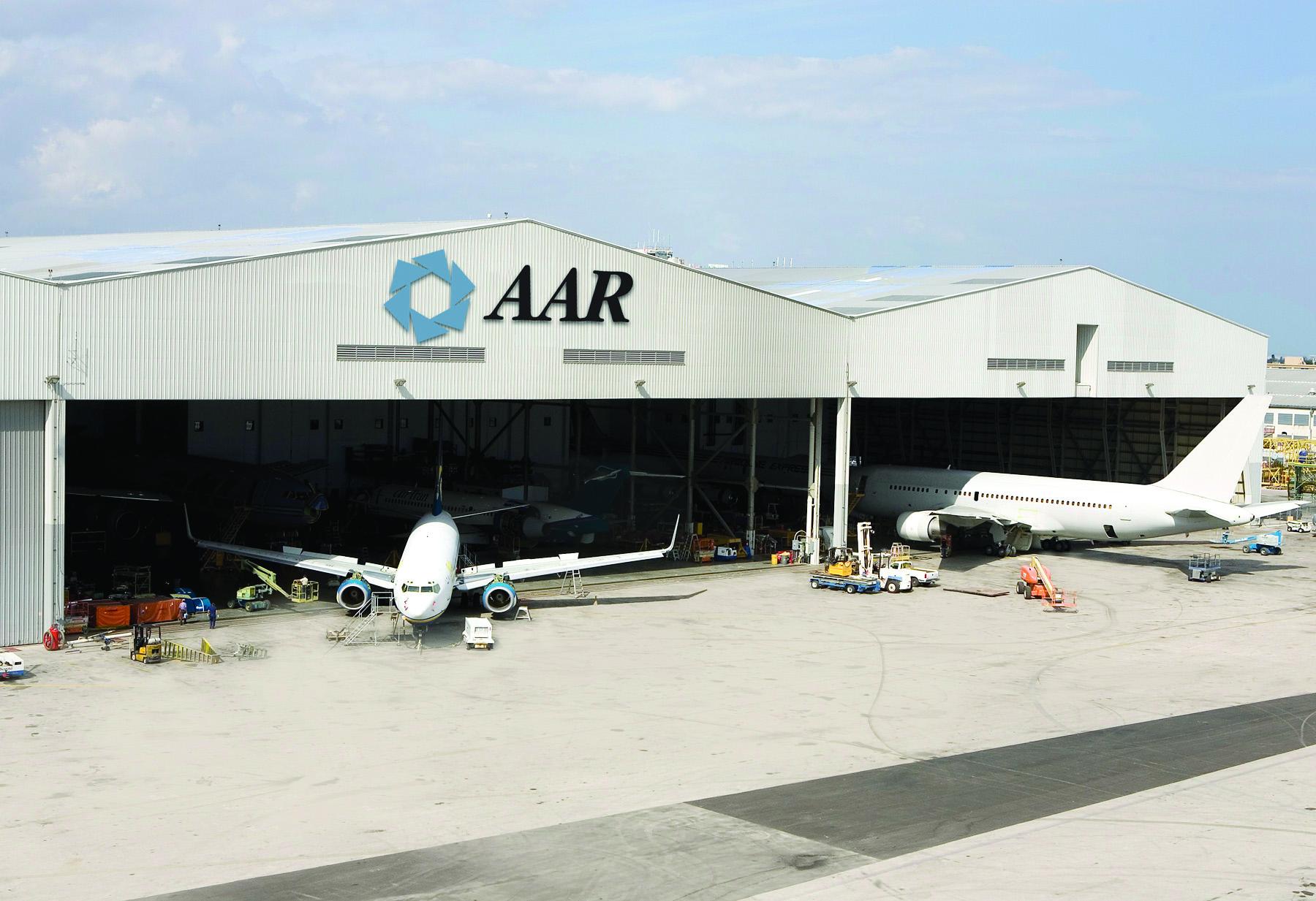
Credit: AAR Corp.
The newest COVID-19 wave is not altering commercial customers’ maintenance plans, though any sustained rise in travel restrictions could hamper its parts trading activity, maintenance provider AAR Corp. said. “As of now, the omicron variant has not impacted our customers’ maintenance plans,” AAR...
Subscription Required
AAR Says MRO Business Steady Amid Omicron’s Rise is published in Aviation Daily, an Aviation Week Intelligence Network (AWIN) Market Briefing and is included with your AWIN membership.
Already a member of AWIN or subscribe to Aviation Daily through your company? Login with your existing email and password
Not a member? Learn how to access the market intelligence and data you need to stay abreast of what's happening in the air transport community.

